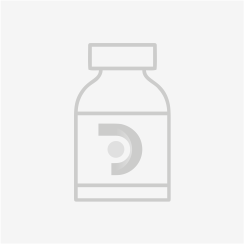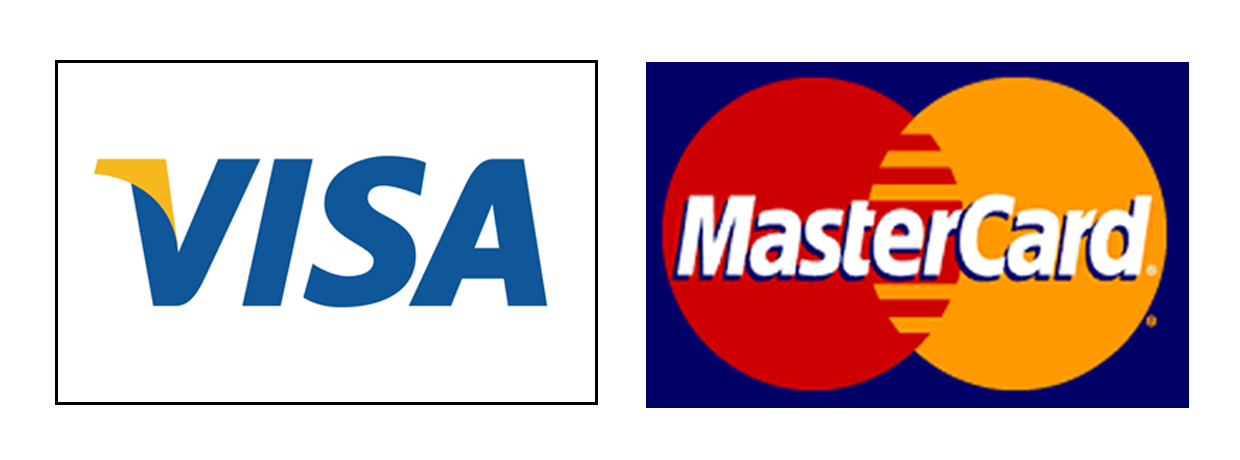Prescription Required

Soliqua is a prescription insulin injection used for effective blood sugar control in adults with Type 2 diabetes. It combines insulin glargine with lixisenatide, a GLP-1 receptor antagonist medication. Soliqua is highly effective for blood sugar control as part of a Type 2 diabetes management regimen, particularly when standard insulin medications may not sufficiently reduce blood sugar levels, as indicated by A1C hemoglobin tests. Like many insulin injections, Soliqua 100/33 offers the best treatment outcomes when paired with diet and exercise changes.
Before you buy Soliqua insulin, it is important that you talk to your healthcare provider about its effectiveness and potential side effects.
| Fact Table | |
|---|---|
| Formula | Insulin Glargine: C267H404N72O78S6 Lixisenatide: C215H347N61O65S |
| License | FDA approved |
| Bioavailability | Approximately 55% |
| Legal status | Rx-Only |
| Chemical Name | Insulin Glargine, Lixisenatide |
| Elimination half-life | Insulin Glargine: 12-20 hours Lixisenatide: 2-3 hours |
| Dosage (Strength) | 100 units/ml-33mcg/ml (pre-filled SoloStar 3ml pens) |
| Pregnancy | Consult healthcare provider |
| Brands | SOLIQUA 100/33 |
| Protein binding | 55% |
| PubChem CID | Insulin Glargine: 16132418 Lixisenatide: 9946013 |
| MedlinePlus | Not specifically listed |
| ChEBI | Insulin Glargine: 73023 |
| ATC code | A10AE06 (Insulin Glargine) A10BJ04 (Lixisenatide) |
| DrugBank | Insulin Glargine: DB00047 Lixisenatide: DB09495 |
| KEGG | Insulin Glargine: D03250 Lixisenatide: D09968 |
| Routes of administration | Subcutaneous injection |
Soliqua insulin dosage requires careful titration to determine the optimal dose for managing your blood sugar levels. This process will be conducted under the guidance of your healthcare provider.
Please note that Soliqua should not be administered with meals. Administer your daily injection in the morning, approximately one hour before your first meal.
Preparation Steps:
Safety Check:
Administering the Injection:
Please follow these instructions closely to ensure effective and safe use of Soliqua insulin. If you have any questions, consult your healthcare provider for further guidance.
The active ingredients in Soliqua are Insulin Glargine and Lixisenatide.
Tell your doctor if you have any history of liver problems, gastroparesis (slow stomach emptying), pancreas or gallbladder problems, or alcohol use disorder before starting on Soliqua insulin.
Patients with hypoglycemia or hypokalemia may not be suitable for using Soliqua.
Medication is not to be used for Type 1 diabetes treatment.
Store your Soliqua 100/33 pens in your refrigerator, at a temperature between 36°F and 46°F (2°C and 8°C). Never freeze your Soliqua pens.
There is the possibility of negative drug interactions between Soliqua 100/33 and other Rx medications, including:
Tell your doctor of all medications you are currently taking before receiving a prescription and proceeding to buy Soliqua insulin online.
Side effects from using Soliqua insulin are possible, and some users may experience nausea, respiratory infections, diarrhea, or headache. If side effects are experienced you may choose to discontinue use and speak with your doctor again regarding type 2 diabetes insulin alternatives.
What is Soliqua 100/33?
Soliqua 100/33 is an injectable prescription medicine combining two diabetes medications, insulin glargine and lixisenatide, to improve blood sugar control in adults with type 2 diabetes when used alongside diet and exercise.
Who should use Soliqua 100/33?
It is designed for adults with type 2 diabetes to help control blood sugar levels.
Who should not use Soliqua 100/33?
Avoid Soliqua 100/33 if you have episodes of low blood sugar, are allergic to insulin glargine, lixisenatide, or any of its ingredients, or if you are taking other GLP-1 receptor agonists.
How should I use Soliqua 100/33?
Do not change your dose without consulting your healthcare provider. Always check the pen label before each injection, do not take more than 60 units daily, and rotate injection sites.
What should I know about the Soliqua 100/33 pen?
Familiarize yourself with the features of the Soliqua 100/33 SoloStar pen and proper injection techniques.
What are the main side effects of Soliqua 100/33?
Common side effects include low blood sugar, diarrhea, nausea, upper respiratory tract infection, stuffy or runny nose, sore throat, and headache.
Are there serious side effects with Soliqua 100/33?
Serious side effects can include pancreas inflammation, severe allergic reactions, kidney problems, low potassium levels, heart failure, and gallbladder issues.
What is the most important information I should know about Soliqua 100/33?
Do not share your pen with others to avoid serious infections. Inform your doctor about any history of pancreatitis or gallbladder issues before using Soliqua 100/33.
When should Soliqua 100/33 be administered?
Your healthcare provider will advise on the routine and timing of administering Soliqua 100/33.
What should I discuss with my healthcare provider before using Soliqua 100/33?
Discuss all medications you take, including prescription, over-the-counter medicines, vitamins, and herbal supplements, as Soliqua 100/33 may affect how other medicines work.
